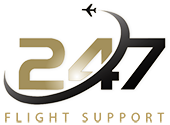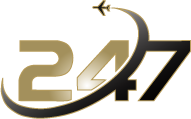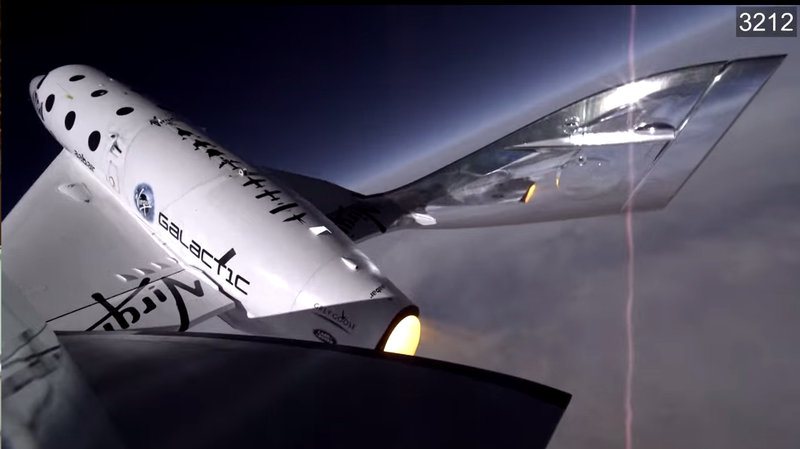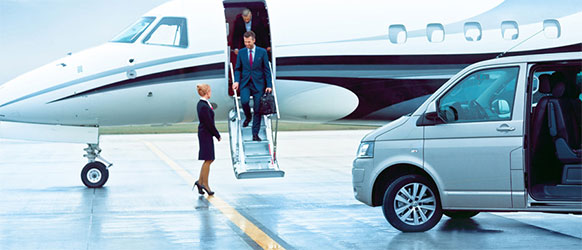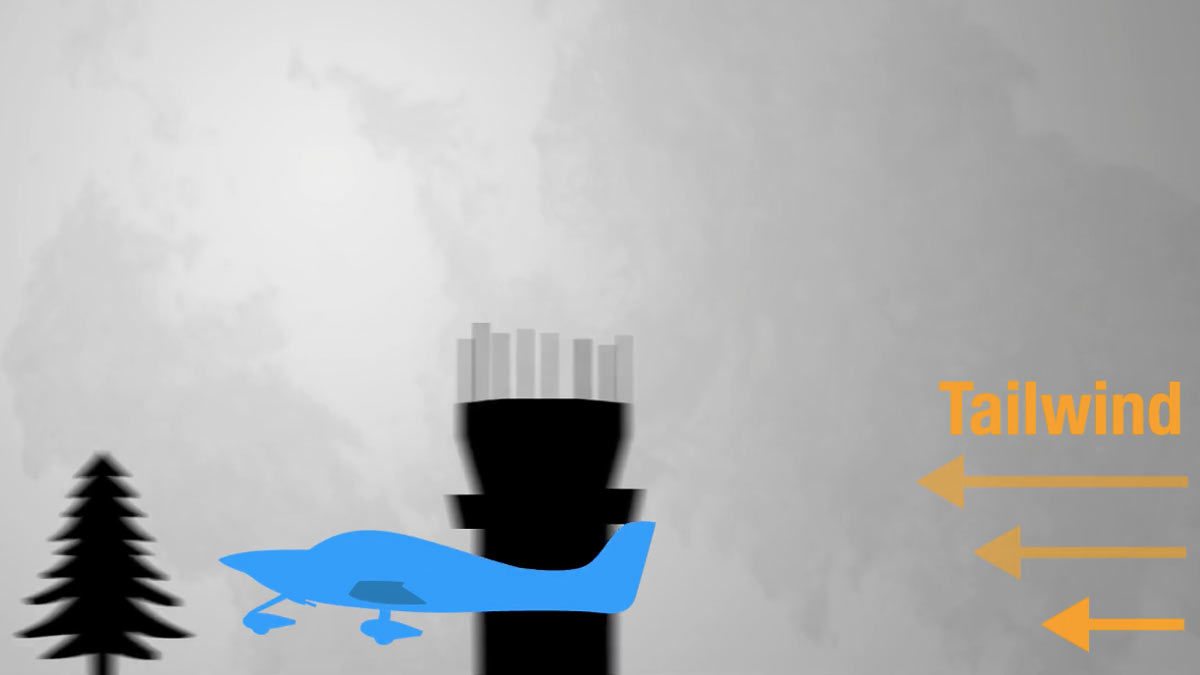SpaceShipTwo ‘Pilot Was Thrown From The Vehicle’ High In Atmosphere
World’s Shortest Commercial Flight is Just 47 Seconds Long
05/04/2016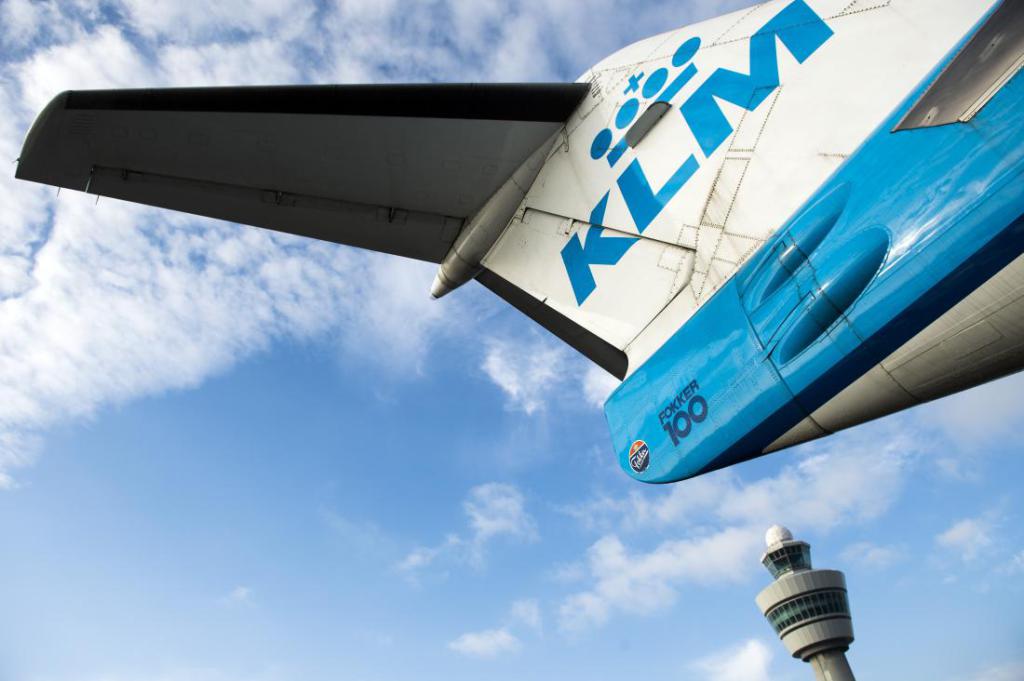
You May Check In To Your Next Flight On Facebook
05/04/2016The dramatic failure of a test flight by Virgin Galactic’s SpaceShipTwo rocket last October cost the co-pilot his life and left the pilot severely injured. New data from investigators suggest that the pilot survived in part because the craft essentially came apart around him.
Pilot Peter Siebold told the National Transportation Safety Board that when the flight went wrong, he heard a loud bang, and then what sounded like “paper fluttering in the wind” — believed to be the sound of the spaceship’s cabin disintegrating.
The next thing he can recall, Siebold told federal investigators, was finding himself in a free fall, miles above Earth’s surface. He was in a roughly stable position — not tumbling. But to see the planet’s horizon, he had to look up, because he was facing downward toward a vast desert landscape.
SpaceShipTwo broke apart soon after it reached supersonic speeds and an altitude of around 50,000 feet, the result of a series of events that officials blame on human error. Its debris was scattered over a 5-mile area near California’s Koehn Dry Lake, in a setback to Virgin Galactic’s plans for space tourism.
“During the breakup sequence, [Siebold] was thrown from the vehicle while still restrained in his seat,” investigator Lorenda Ward said as the NTSB presented its findings Tuesday. “During his descent to the ground, the pilot released himself from his seat, and his parachute deployed automatically.”

A photo released by Virgin Galactic shows a badly injured SpaceShipTwo pilot Peter Siebold drifting under his parachute after last October’s accident that destroyed the spacecraft during a test flight.
Mark Greenberg/Virgin Galactic
Siebold, who reported having lapses of consciousness or memory during his plummet to the ground, described the parachute’s opening as “gentlemanly … it was not harsh.”
The test flight on Oct. 31, 2014, was run by Scaled Composites, on behalf of Virgin Galactic. Announcing the results of its inquiry into the accident Tuesday, the NTSB said that human error, on the part of co-pilot Michael Alsbury, 39, led to the craft breaking apart.
“The NTSB concluded the co-pilot pulled a lever too early, unlocking the tail of the rocket-propelled plane and causing it to break apart,” NPR’s Geoff Brumfiel reports. “But investigators also found the pilots were under pressure to carry out commands in a matter of seconds while rocketing into space.”
The NTSB also said the co-pilot had recently been given more tasks to complete during the flight, and it recommended that more be done to reduce the possibility of human error in similar flights.
Siebold’s survival was seen as something of a miracle. And new details from the NTSB only support that idea. The agency released Siebold’s version of what happened, summarizing an interview it conducted with him that touches on everything from his normal pre-flight routine to what he could recall about an accident that he somehow survived.
We’re going to publish part of that summary below. First, we’ll remind you that the pilot’s injuries included four fractures to his right arm; a dislocated shoulder; a fractured right clavicle; and a fractured little toe, on his left foot. Siebold also had bruises on his face, chest and legs, along with a bloody gash in his right elbow. And because he was lacking a visor, at least two pieces of debris lodged in his eyes and his corneas were scratched. His eyesight “improved quickly almost immediately” after those problems were addressed, according to the report.

SpaceShipTwo is seen just before the craft began to come apart. A new federal report found that last October’s accident stemmed from human error.
Virgin Galactic
From the interview summary that was released Tuesday:
“The last thing he recalled in SS2 was a very violent, large pitch-up with high Gs, and grunting noises. He heard a loud bang followed very quickly by signs of a rapid cabin depressurization. In the background he heard the sound of “paper fluttering in the wind,” which he believed was the sound of pieces of the cabin coming apart. There was then a period when he had no recollection, which he attributed to ‘g-lock’ due to the unexpected onset of high Gs for which he was not prepared.
“The next thing he remembered he was outside of SS2 and he perceived that he was still at high altitude, above the haze layer. He heard a high frequency whistling noise and his helmet and mask were no longer straight on his face. He felt the mask was peeled up a little bit and both it and the helmet were twisted to the left. His believed the mask seal was compromised at that time. At some point he became aware that the visor had been ripped off. It felt as if something was continuously trying to rip his helmet off. He opened his eyes and saw a wide expanse of desert from a high altitude. He was falling in a stabilized position with his head slightly down and he had to look up to see the horizon. He was not tumbling.
“He did not recall what actions he took first, but he remembered attempting to activate the oxygen system by pulling on it ‘many times.’ He could not be certain whether he attempted this activation at this time or during a later period of consciousness. He did not specifically recall being in his seat but remembered unfastening the dual-lever seatbelt without difficulty and assumed the free fall with his arms out and legs apart.2 He recalled no pain. He then experienced another period of unconsciousness or lack of memory.
“The next thing he remembered was a ‘sudden jolt’ when the parachute opened and feeling as though he had been asleep. He did not pull the D-ring for the rip cord and believed the CYPRES device had activated the parachute. He described the parachute opening as ‘gentlemanly… it was not harsh.’ It was difficult to estimate the altitude but he estimated it was somewhere between 10,000 and 20,000 feet, noticeably lower than his previous period of consciousness. He looked up and checked on the canopy to ensure it was properly deployed. His eyesight was ‘degraded’ and events began to ‘slow down’ in his mind allowing him to absorb more information. He again recalled attempting to activate the oxygen but was unsure at what point in he made the attempts. It was either during one or both periods of consciousness. He tried ‘many, many, many times’ and ‘just got the feeling’ that it was not working and he never got oxygen flow. He also stated that he ‘didn’t know what to expect or what it should feel like… it just didn’t feel like it did anything.’ When asked if he used one or two hands he stated that he only used one hand – his left. He further stated that ‘you can’t really do anything with your right hand with the oxygen. It’s not a very convenient angle so I would assess it as a one hand operation.’ When asked if he could see what he was pulling on he stated that he could not recall.
“The chase airplane began to circle him and he became aware that he had sustained injuries. His eyes hurt and it was very bright and difficult to see. He could not raise his right arm and assumed it was dislocated. He was concerned about the parachute landing fall and did not want to reinjure a previous left foot injury he had sustained years earlier. He wanted to reach the risers to position himself into the right attitude for a proper landing. He manipulated his right arm several times in an attempt to resolve the dislocation but he was not successful. He was running out of time and made the decision to put his hands at his sides with his feet and bent knees together. Between about 5,000 and 2,000 feet he noticed a very high ground speed and became concerned about landing and being dragged through the desert, but by the time of touchdown the surface winds were calm. He descended in a very slow spiral with no noticeable ground track.
“Upon touchdown, he could not roll to one side because of a lack of directional control and fell forward into a creosote bush. He did not attempt to absorb any of the energy with his legs. The parachute drifted over the top of the bush and immediately collapsed. He sat up and began to become more aware of the severity of his injuries. His eyesight continued to degrade and was painful. He could not keep his eyes open and he never opened his right eye again until the emergency responders arrived. His right arm was bleeding and his flight suit was saturated with blood but it did not appear to be actively bleeding so he was ‘not overly concerned about it.’ He did not perceive any lower body injuries. As he was moving to take the parachute harness off he felt a ‘clunking noise’ in his chest and was concerned about a spinal fracture. Therefore, he decided not to move until the emergency responders arrived. He took his helmet off and may have taken his glove off. His right hand was numb, as if he were out throwing snowballs without gloves while his left hand felt normal. He did not release the Capewells on the parachute harness, although he was prepared to do so if he began to get dragged.
“The Extra chase plane circled him numerous times while he was both in the air and on the ground. He recalled waving to them to show them he was conscious. He recalled that it took ‘a really long time for the responders [helicopter] to get there,’ which surprised him. When they arrived the helicopter landed about 100 yards away. The first helicopter was from the National Test Pilot School. He recalled someone wearing a flight suit from the school and someone dressed in airport firefighting gear. They bundled up the parachute and were going to use it to stabilize him somehow. They examined him and eventually got a backboard and stabilized him on it. His boots were removed and later found on scene. He was taken to a second helicopter which had landed, which he presumed was the ‘Mercy Air’ helicopter. One of the paramedics attempted to start an IV but was unable to until they got on the ground in Lancaster. Once in the emergency room he was cut out of his flight suit and his injuries were addressed.”
